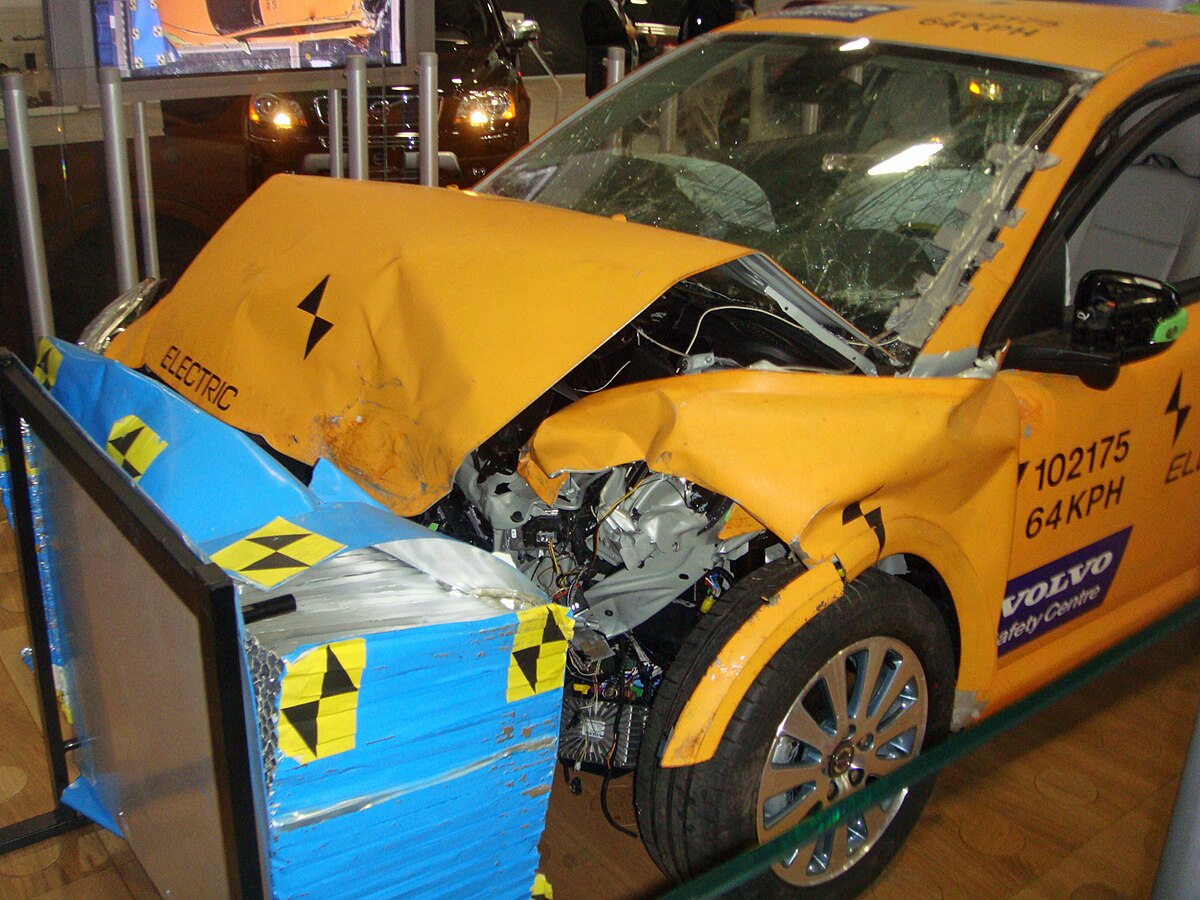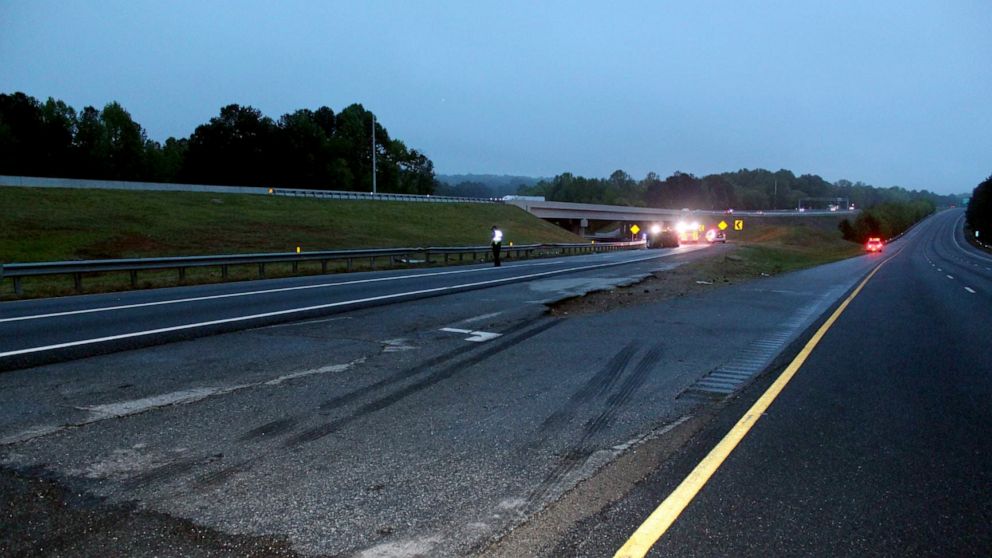stopcrazypp
Well-Known Member
It does when cells and the pack is punctured. Wikipedia has a decent compilation.So you accept that? Batteries should not burst into flames. It is not common for Tesla batteries to burst into flames when in a crash, but you say it is? Data does not support that.

As per above link, Tesla already added armor plating to the bottom of the pack in the Model S/X after some incidents from road debris. But in a high speed crash, that doesn't help. Also, Tesla designed things to be compartmentalized in the Model S/X to slow the spread of fire.In pictures, the front of the car was melted, but the front motor is clearly seen not pushed back into the battery pack. It does not appear that frontal impact caused the battery pack to experience deformation. Someone posted that the storm drain extrusion above the ground was enough to puncture the pack. That storm drain cover shows very little if any indication that it was hit. We need to worry about what someone can do something about (designing batteries so they don't burst into flames)
As for battery cells that don't catch on fire, the higher density chemistry Tesla uses is flammable and that is just the tradeoff of higher energy density. There are lower density cells (like the LFP batteries using in Chinese made Model 3s) that are less likely to catch on fire.
Outside of making the car into a tank, there isn't really much you can do to make it so the car 100% can't have its pack puncture in a crash (and battery catching fire) at the speeds it can travel.
Actually there are many ways to make it much harder and the media had gone wild discussing it. One Tesla can do just with an update is using the seat weight sensor. The other is using infrared cameras like other automakers are using. Tesla can actually start incorporating some of this using the conventional cabin cameras (that is now in all Tesla after the most recent Model S/X refresh). While conventional cameras may not be able to do as good a job of detecting if the driver is paying attention, detecting if there is a live person in the seat should be a fairly simple task (person detection is a very common in cheap security cameras).and not what we cannot do anything about (idiots trying to drive from the backseat).
Last edited:



